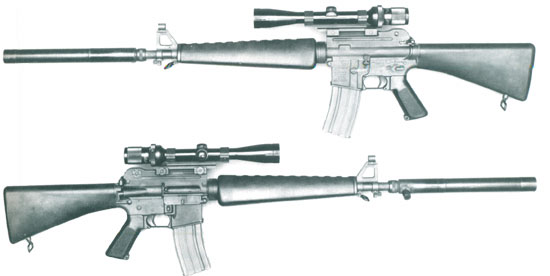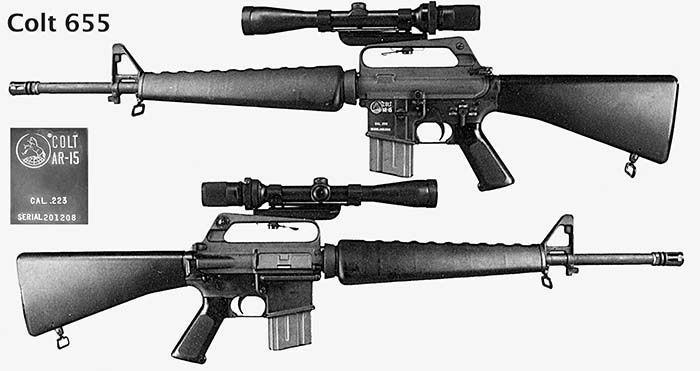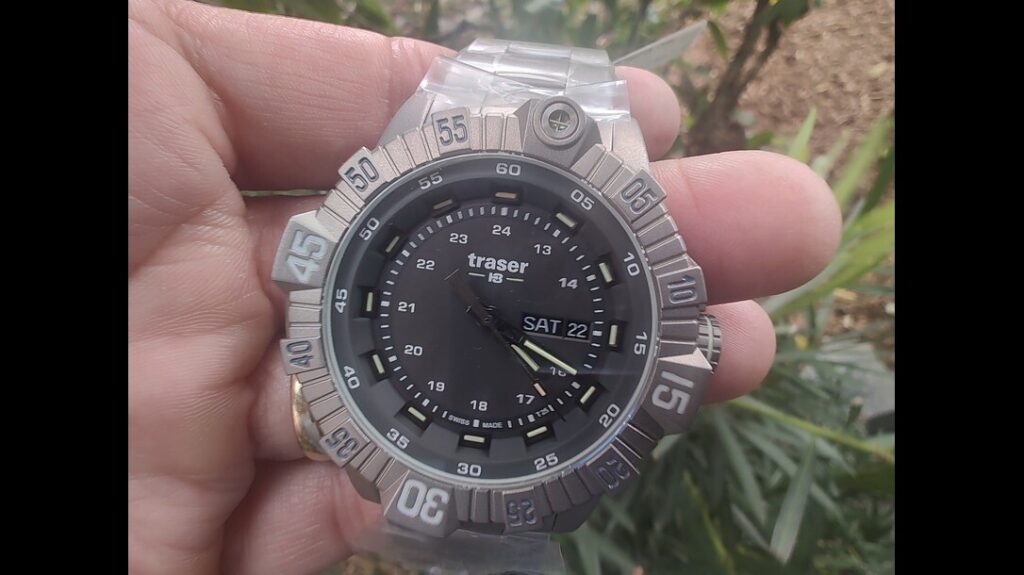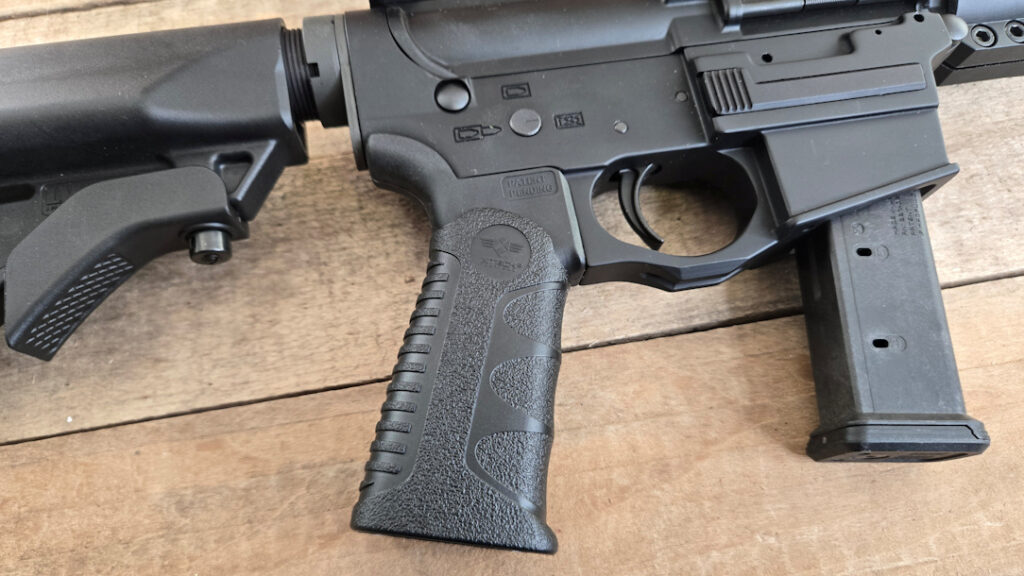The flat-top upper receiver has taken over the AR market. Why wouldn’t it? Optics are the norm these days, and iron sights are a mere backup option. As we know, the flat top upper saw service on the M4. Reportedly, a handful of fixed carry handle M4s exist, but by 1994, the standard m4 used a flat top upper with a detachable iron sight system. That started the slow and eventual takeover of the flat-top upper. The M16A4 swung into action in 1997, and now optics rule. That seems great, but what if I told you the first flat-top upper AR was invented in the late 60s and went by the name of the Colt 656 Sniper?

The Colt 656 didn’t feature the same Picatinny rail we are all used to. Instead, it featured a weaver rail system that was more appropriate to the era. The rail sits relatively high on the rifle, but it’s the true flat-top AR design.
Advertisement — Continue Reading Below
The 656 is a continuation of the Colt 655. The Colt 655 was an attempt to create an M16 sniper. The Colt 655 used a heavy barrel on an M16 platform with a scope mount attached to the carry handle. This rifle was known as the high-profile sniper because of how painfully high the optic sits. The 656 design became known as the low-profile sniper.
The Colt 656 And The Needs Of The Army
The military was in Vietnam; they were prepared for the last war, as usual. Prior to entering Vietnam, sniper programs existed, but they weren’t often very formalized. Snipers were often the best shot in a unit, platoon, squad, etc., and they were given scoped rifles. A lot of the American snipers before Vietnam were self-taught, or maybe an intelligent officer designed a short course before the unit deployed.

Advertisement — Continue Reading Below
The Vietnam War challenged American forces with asymmetric warfare, and the jungles hid the enemy well. A well-trained marksman could pick them off and act as a force multiplier. The United States was set on the M16, and with a need for scoped sniper rifles, Colt smelled a contract in the water. This led Colt to develop the 655 and 656 models.
With the 656, they chopped off the carry handle and attached a weaver rail. Then they mounted a scope mount and finally a scope. The scope of choice seemed to be either a Leatherwood or Realist, and both were variable optics with a 3-9X. The reticles consisted of a simple crosshair reticle and were a second focal plane design.

Advertisement — Continue Reading Below
It appears that a rear sight was built behind the rail for non-scoped use. The front sight features an interesting hooded front sight rather than a set of wings like most AR designs. I’m curious as to why they went that route.
The Search For a Sniper
The Colt 656 and 655 never received military contracts, but were put against three other platforms. The first being a National Match M14 with an LTD War Lab ART Scope. The next was an accurized M-14 with the old M1D Garand M-84 scope. The final weapon being a .30-06 Winchester Model 70 but the optic is unknown.
The test went from July to October 1967, and 84 snipers carried a mix of rifles and used them throughout various patrols, missions, and in combat. The end result was 46 kills and nine wounded with the rifles.
Advertisement — Continue Reading Below

The results were interesting. The M16 was disliked for its lack of accuracy beyond 300 yards, and the Realist scopes were fogging up internally. The M14 with the M84 scope had the same problem with fog. The Model 70 was slow and didn’t offer the firepower they desired. The winner became the National Match with the ART Scope.

Advertisement — Continue Reading Below
Of these guns we know the sniper configuration of the M14 became the M21. We also know the Winchester Model 70 did become a sniper rifle and men like Carlos Hathcock utilized the weapon to excellent effect.
The End of the Colt 656
The Colt 656 flat top sniper rifle suffered the same fate as many of Colt’s M16 variants. It retired to the dustbins of history. There doesn’t seem to be any left, although some very dedicated machinists and AR collectors have produced their own replicas of the Colt 656. The rifle was too advanced for 1967, but a few decades later the flat top would establish the standard for AR, M16, and M4 rifles everywhere.














